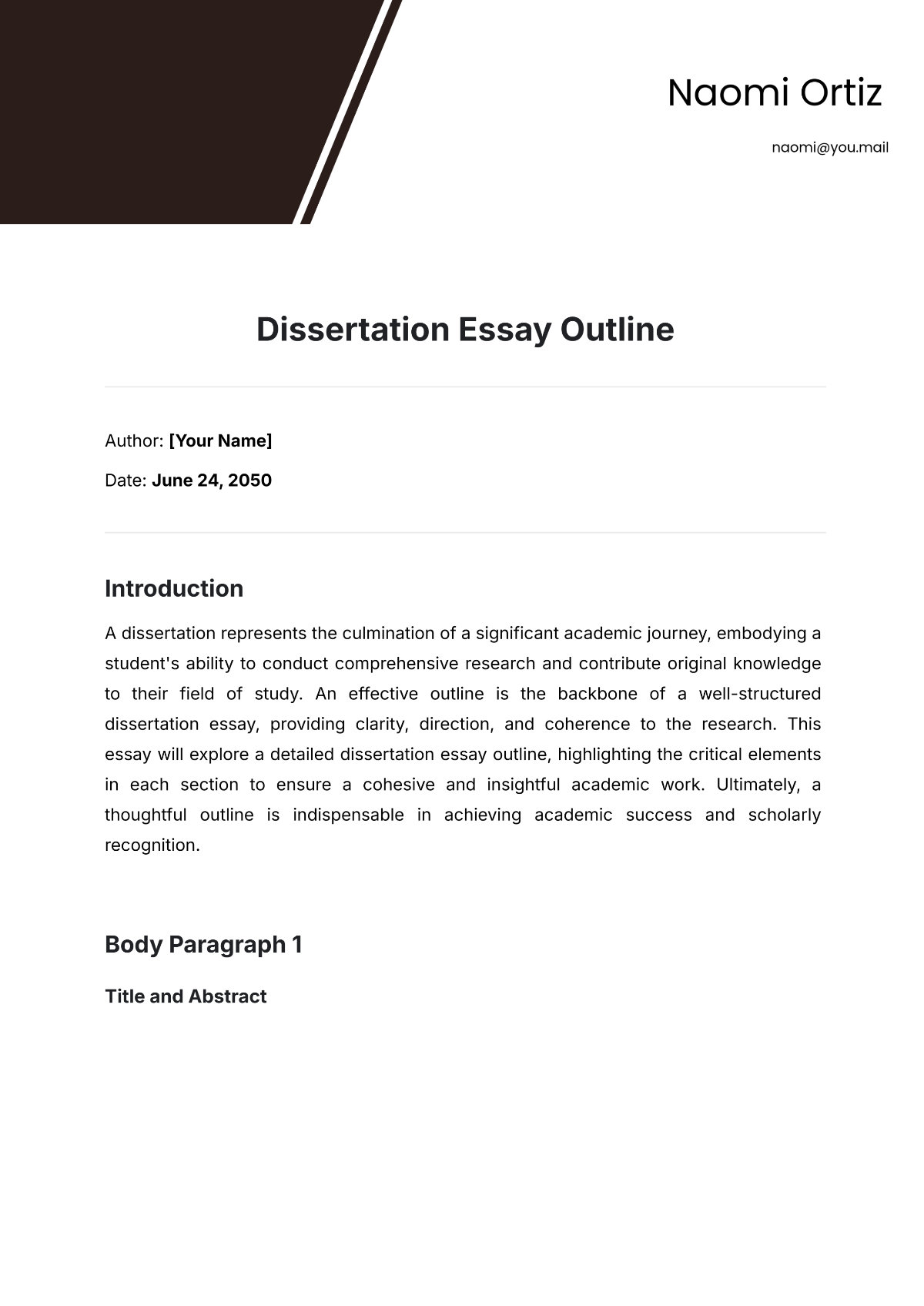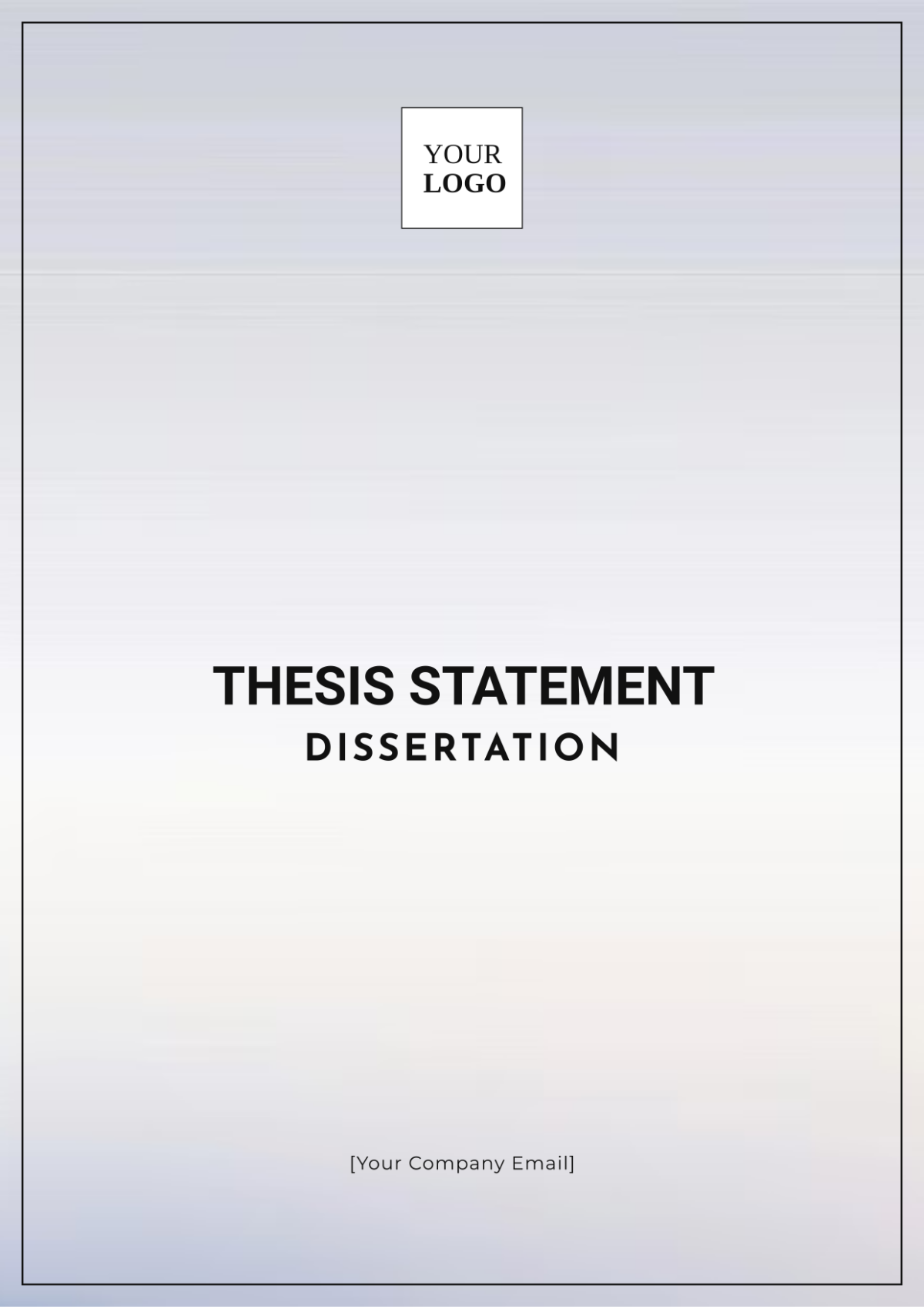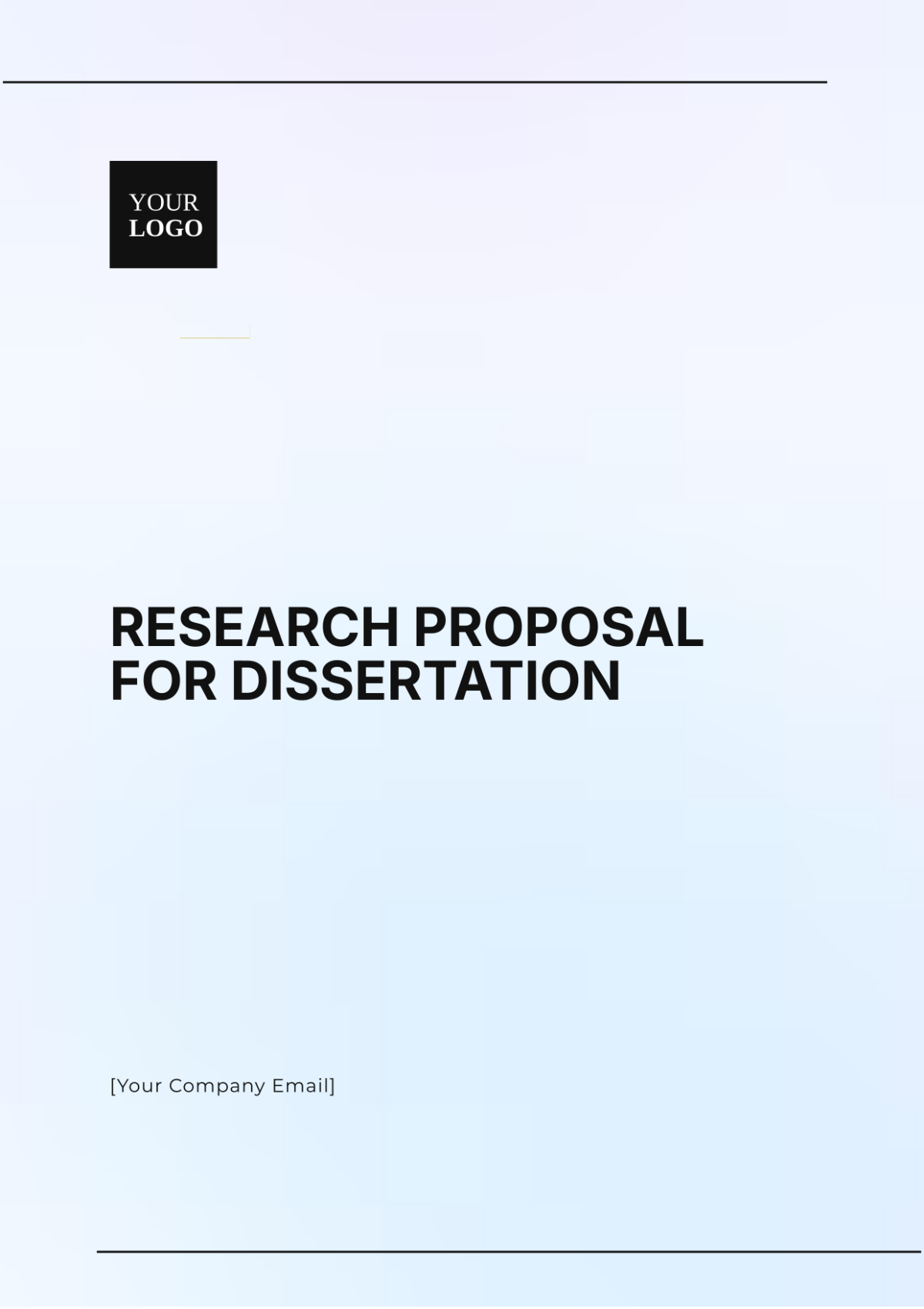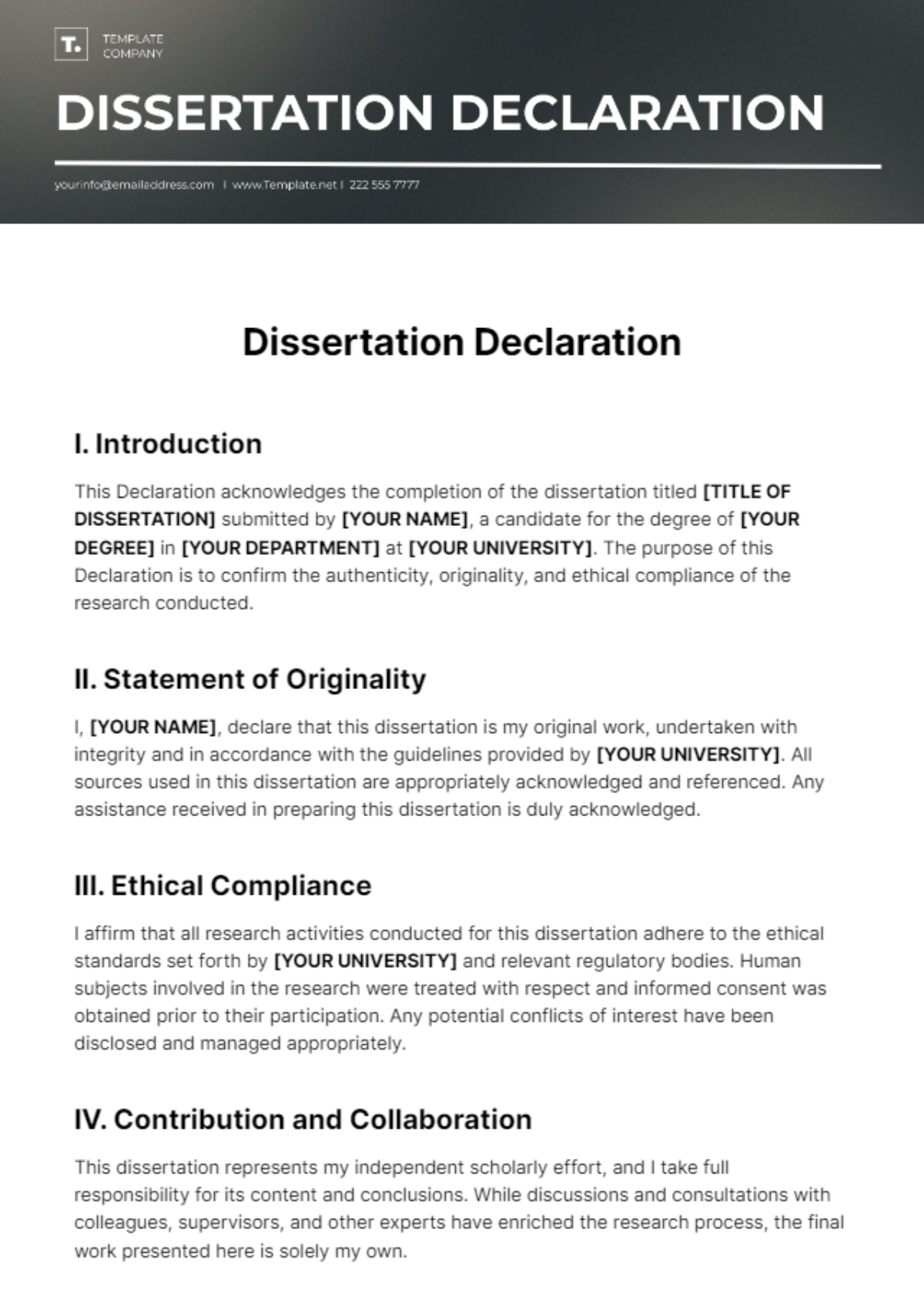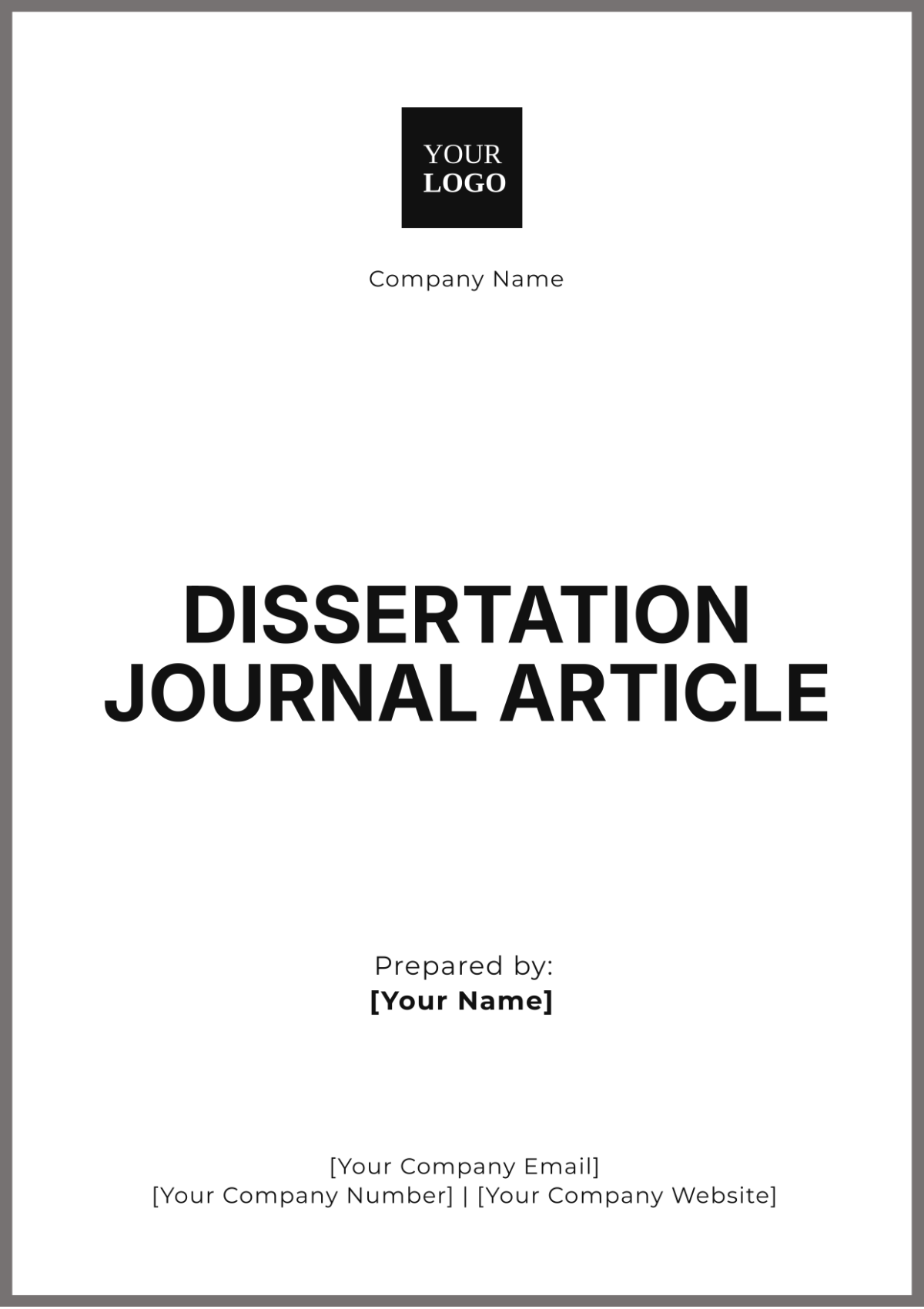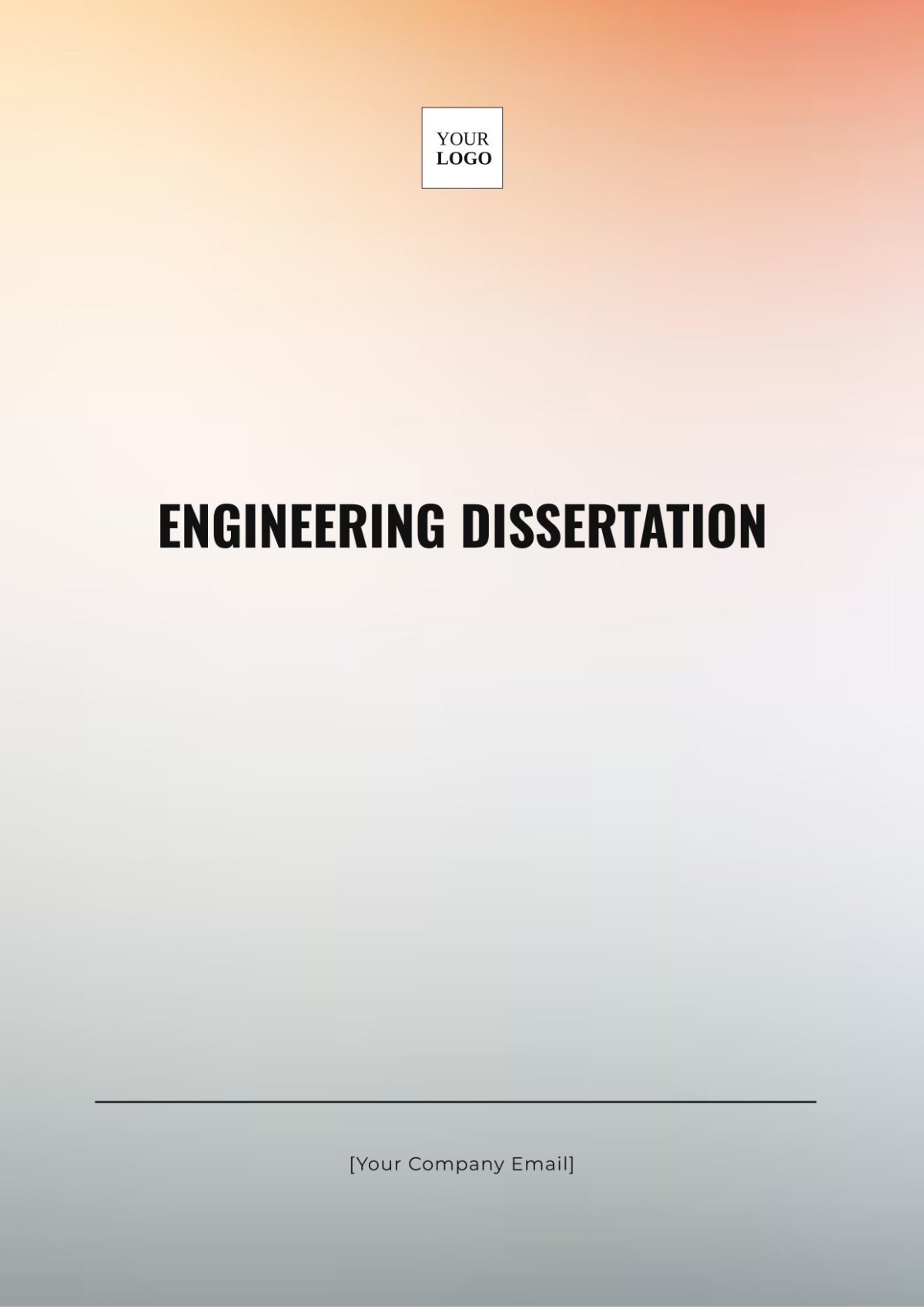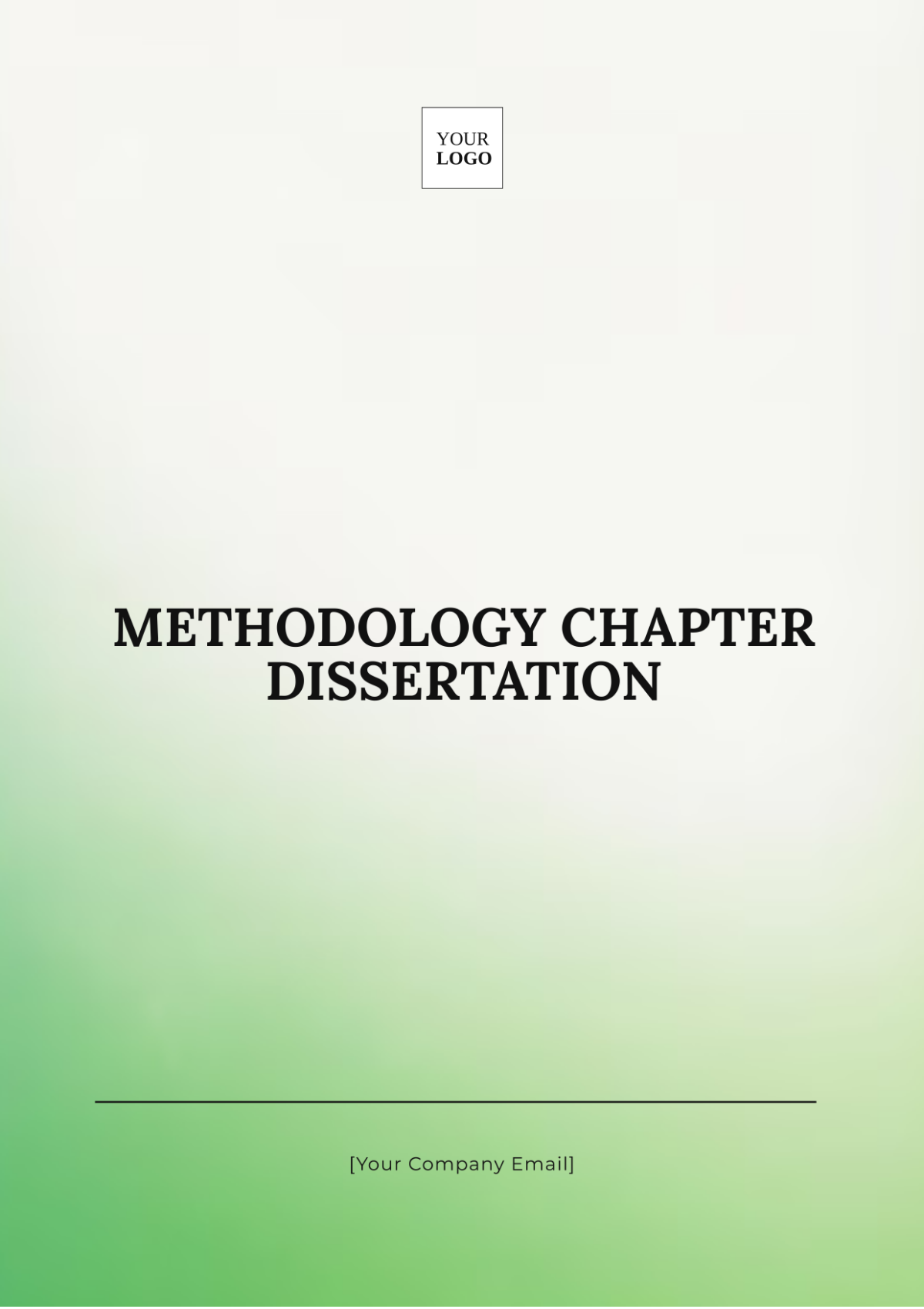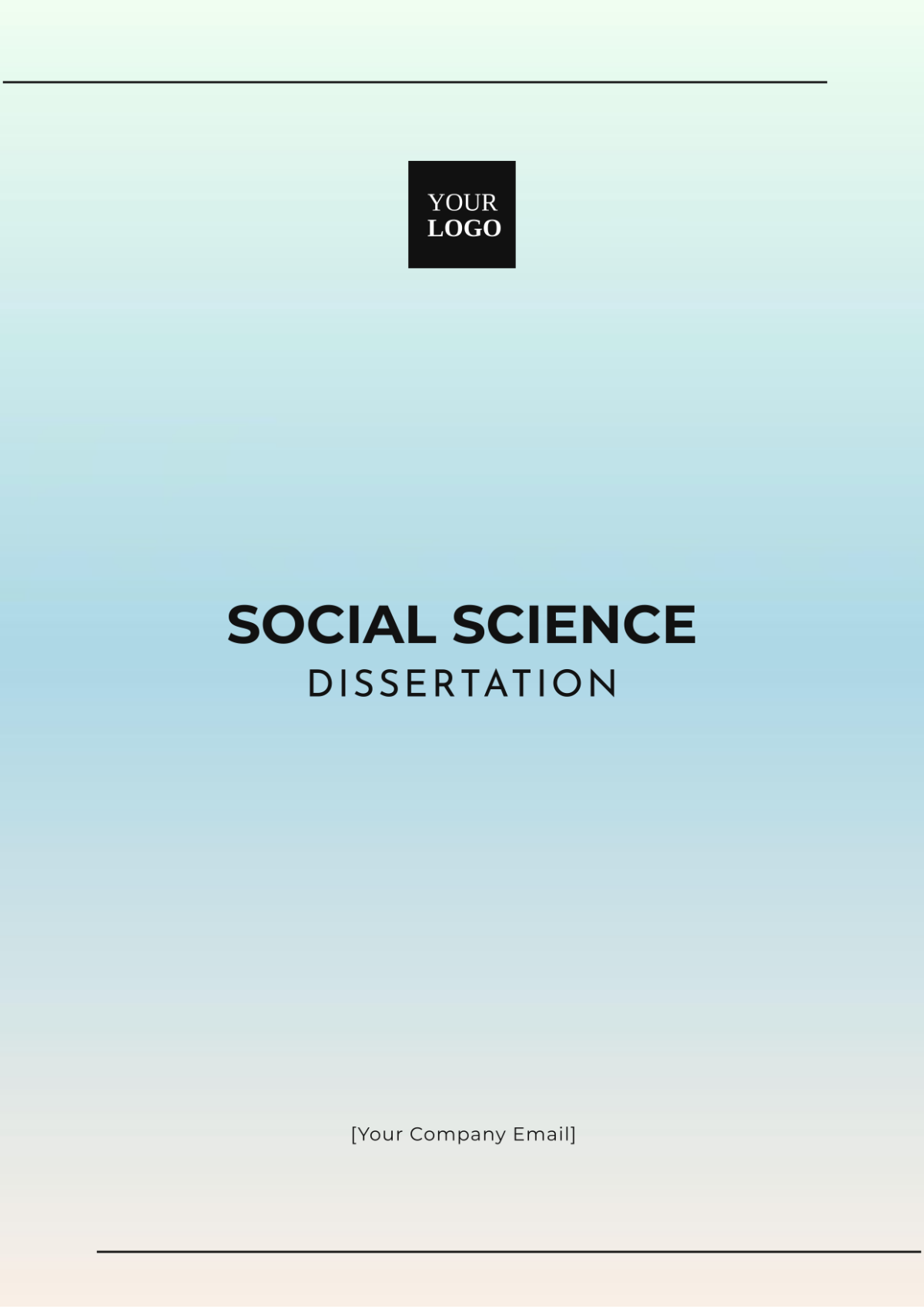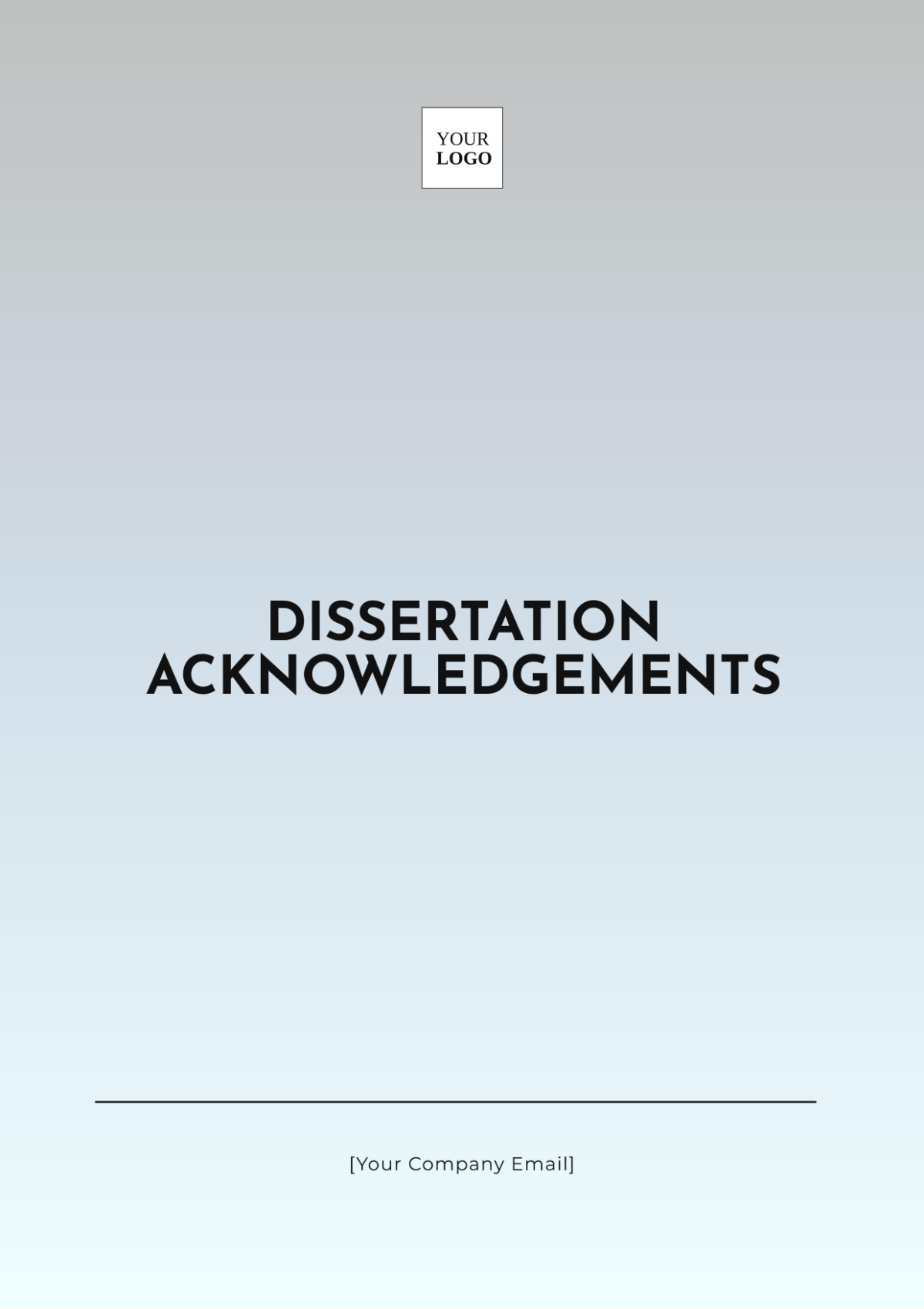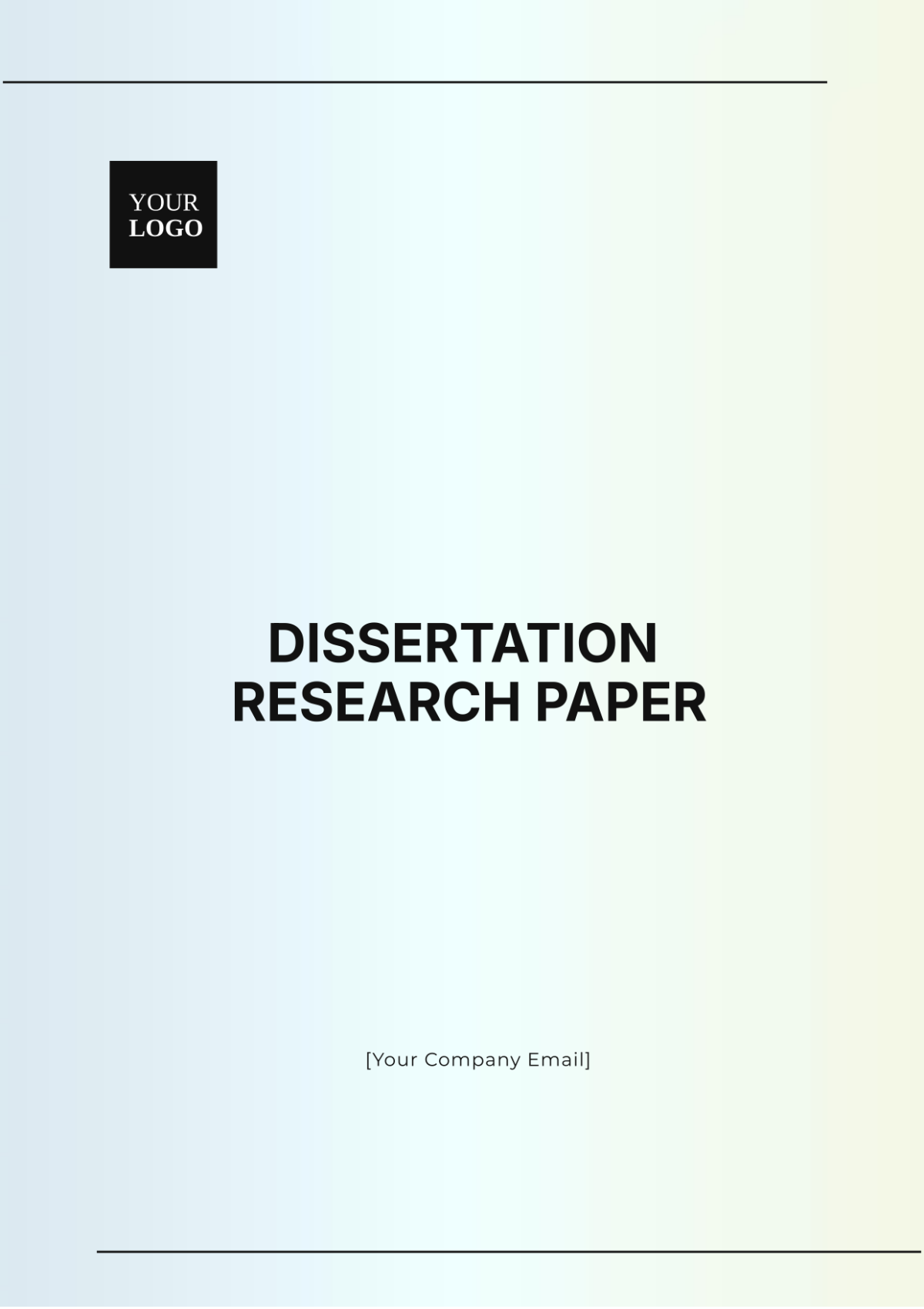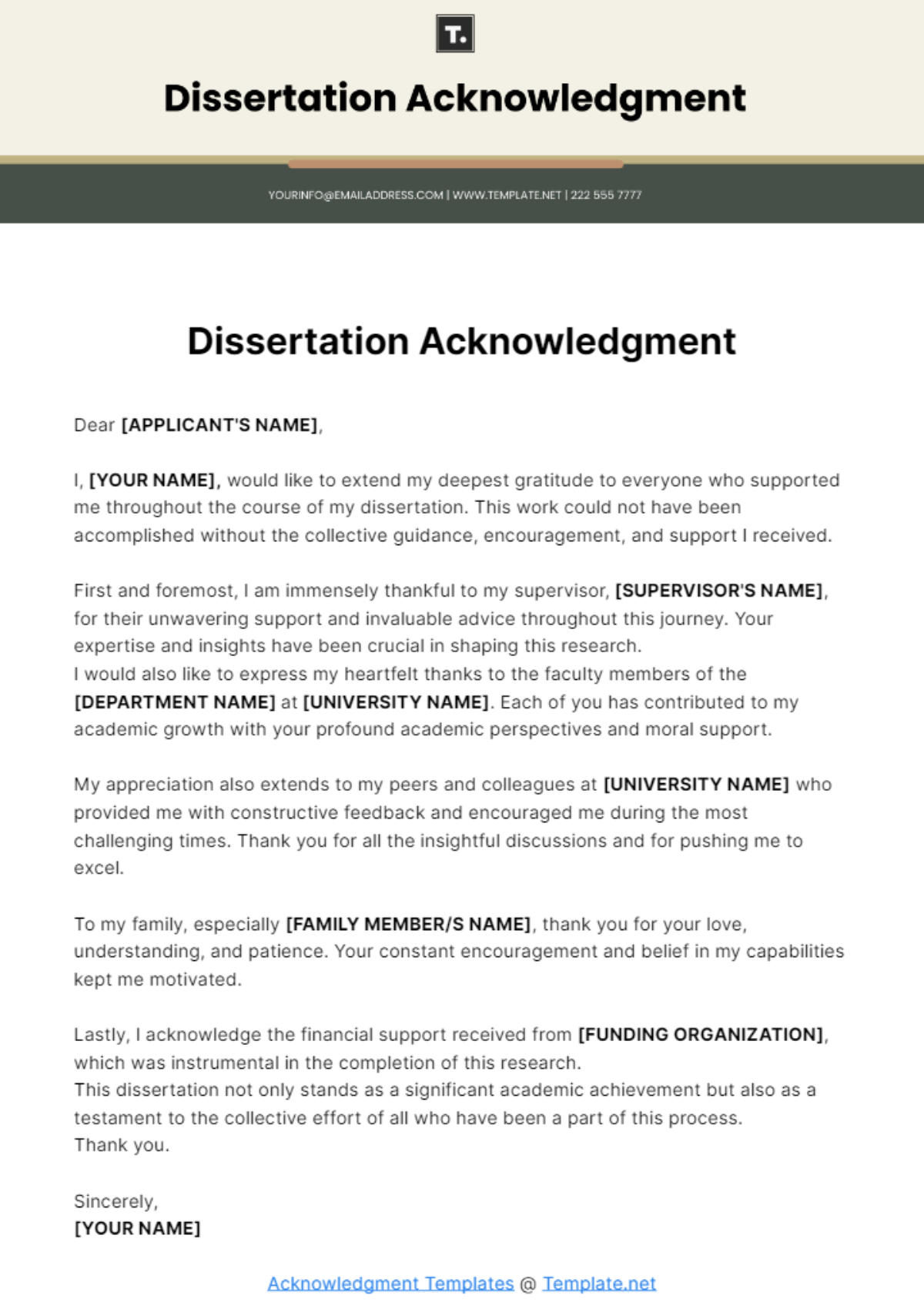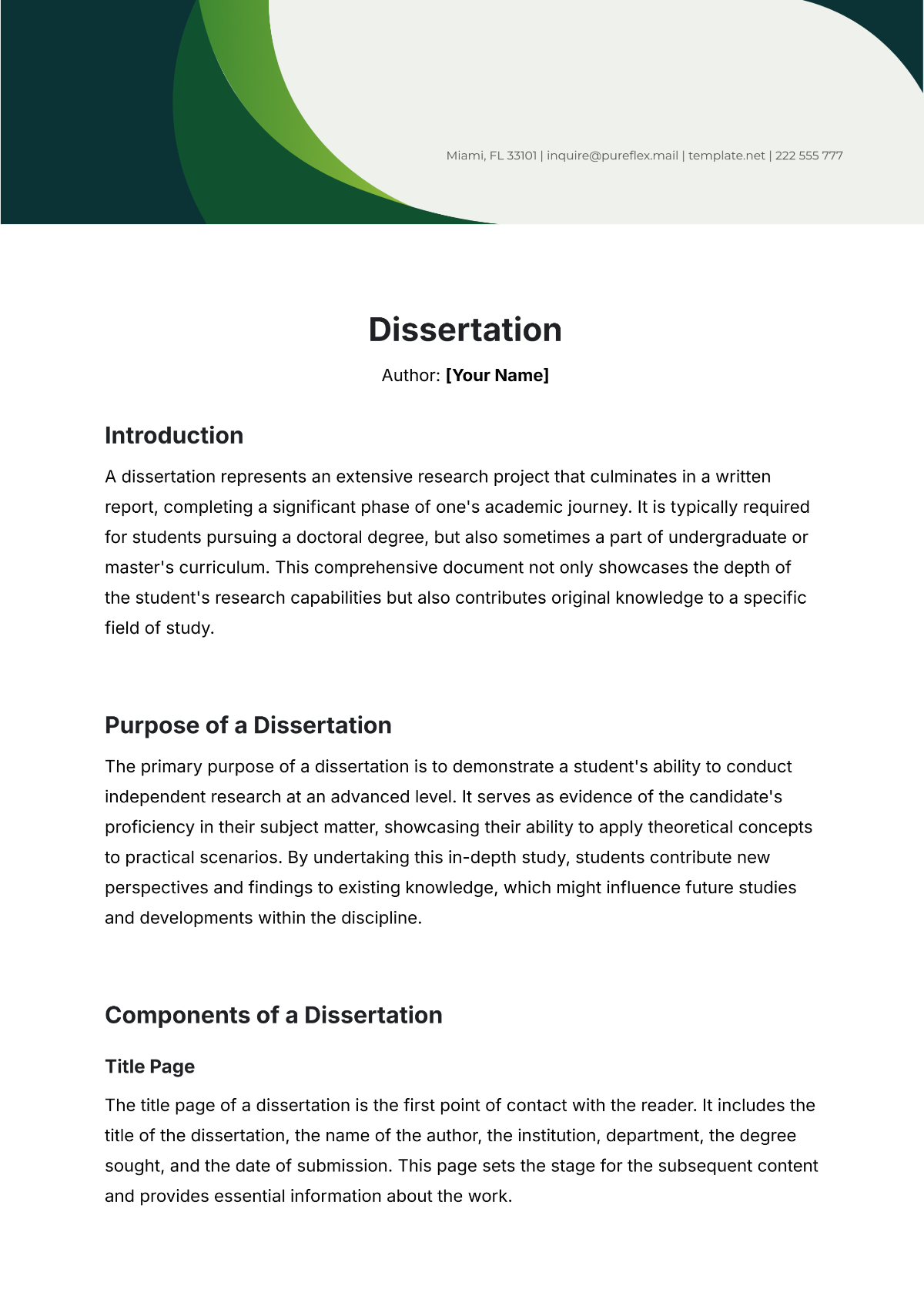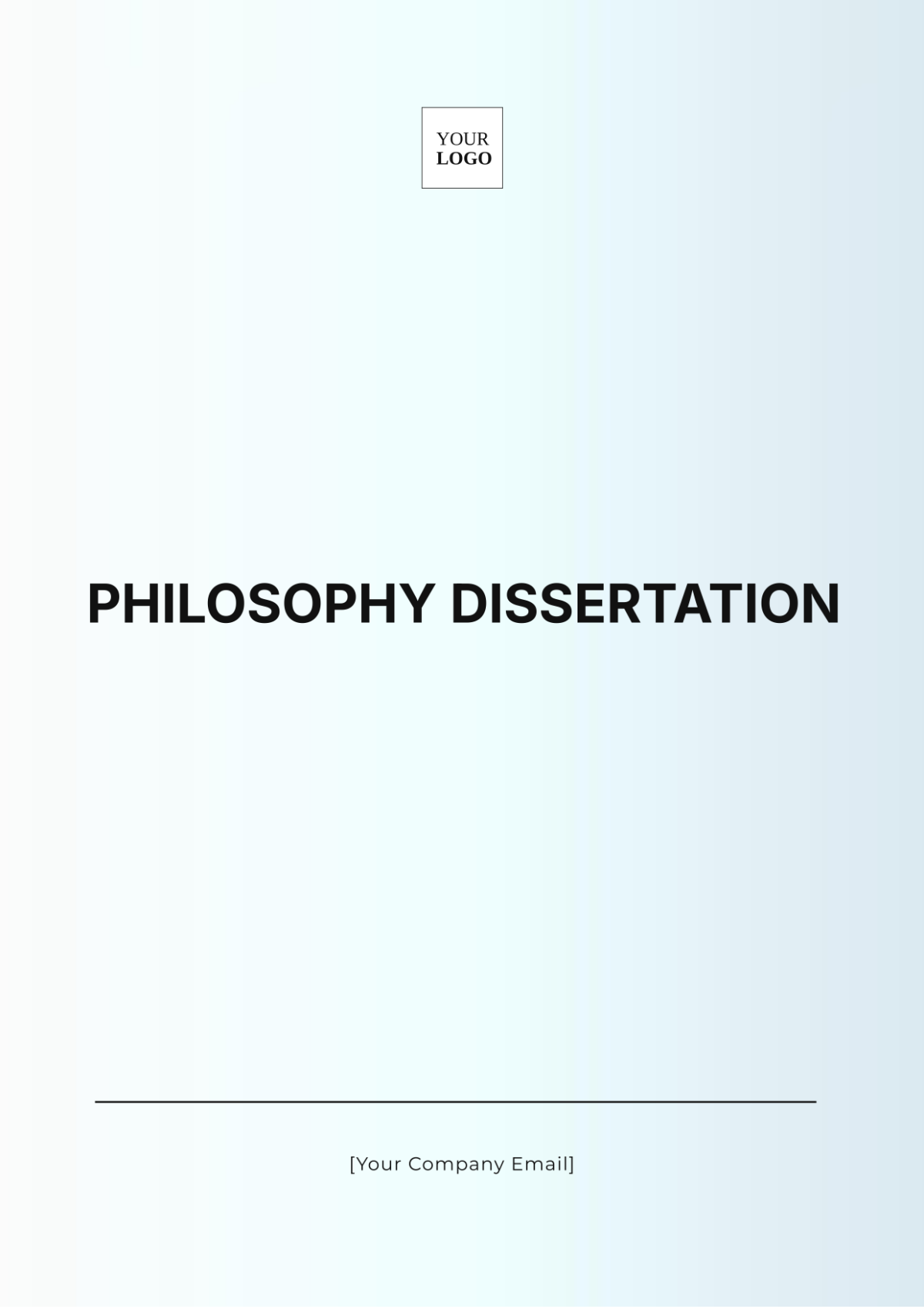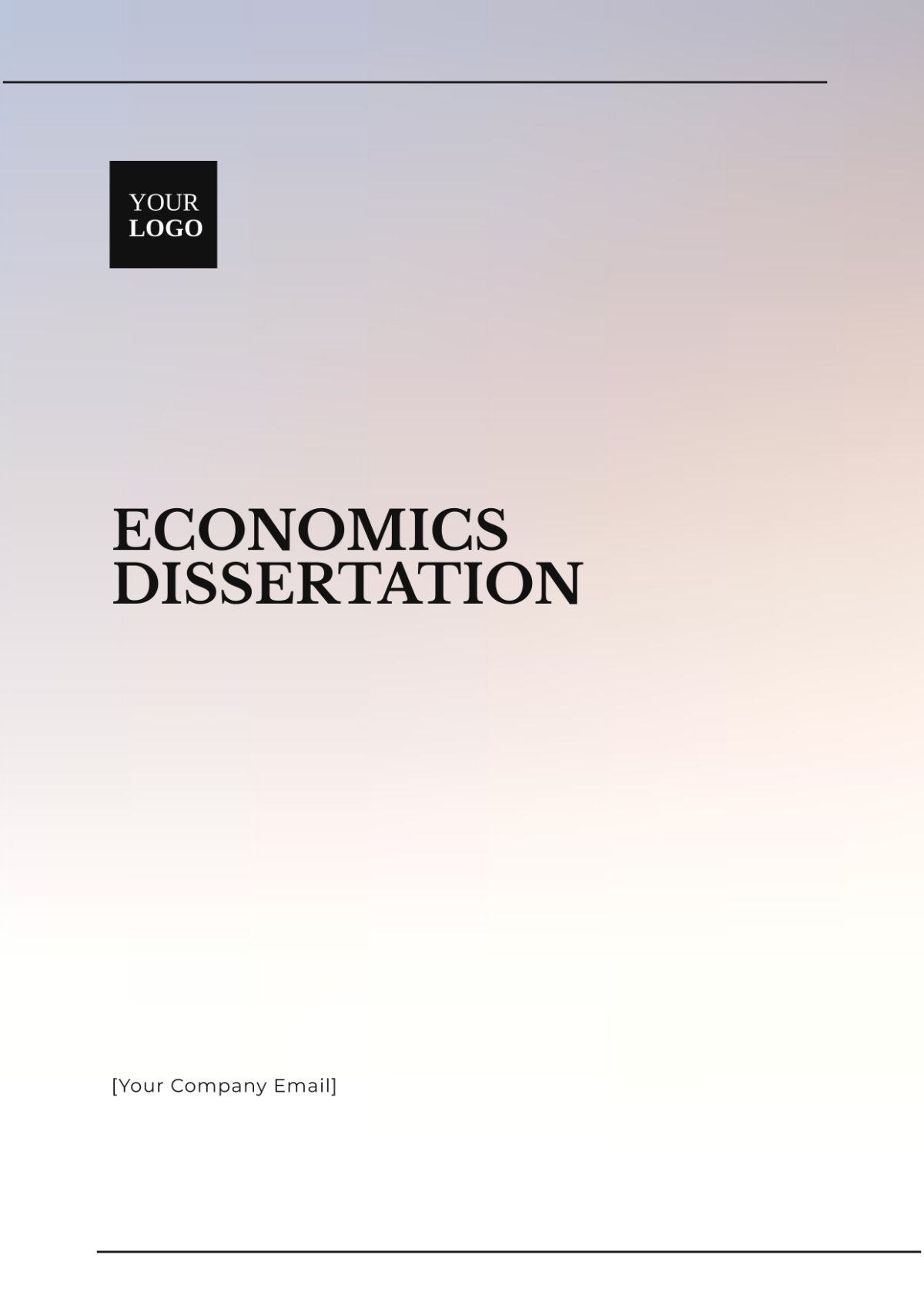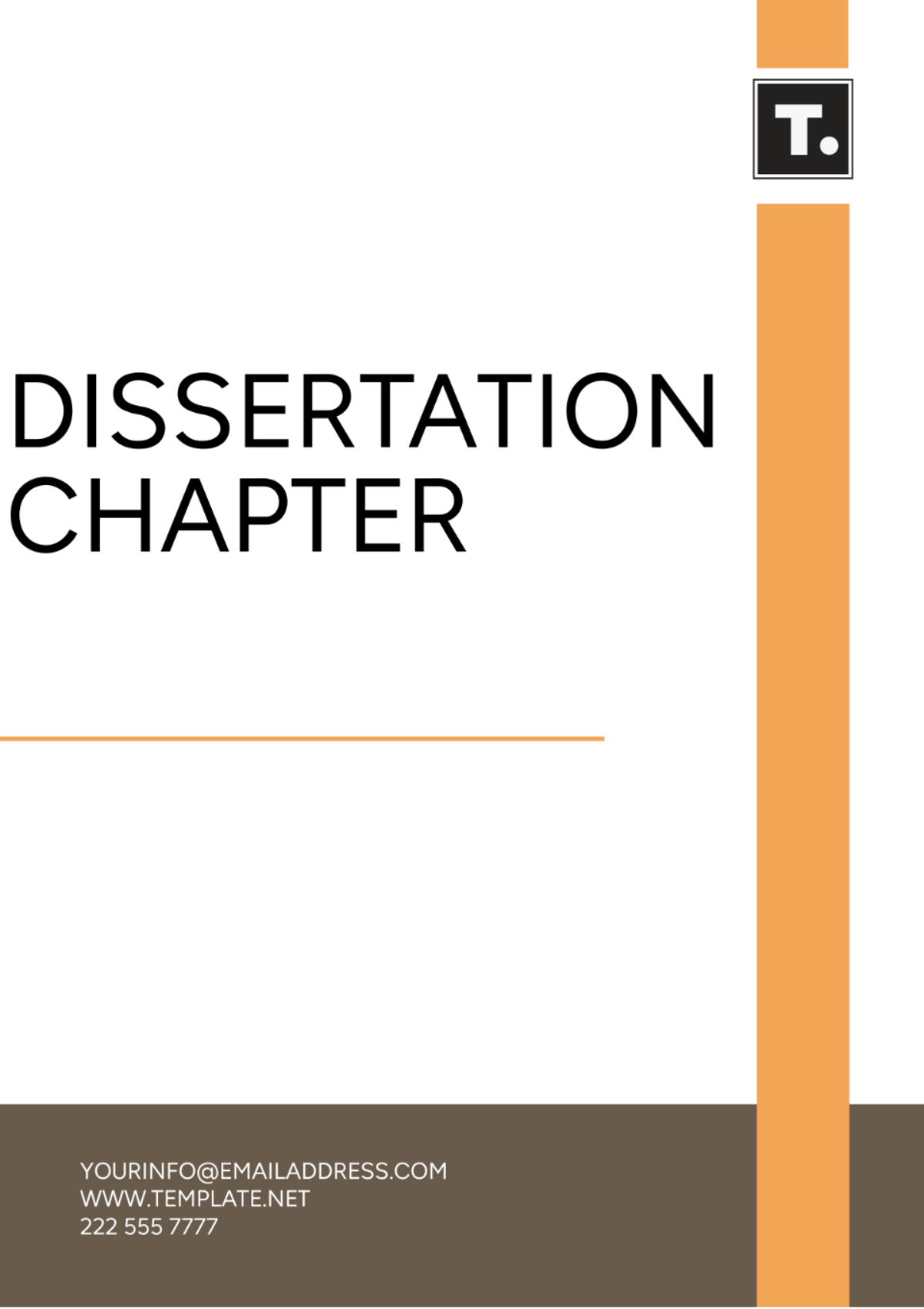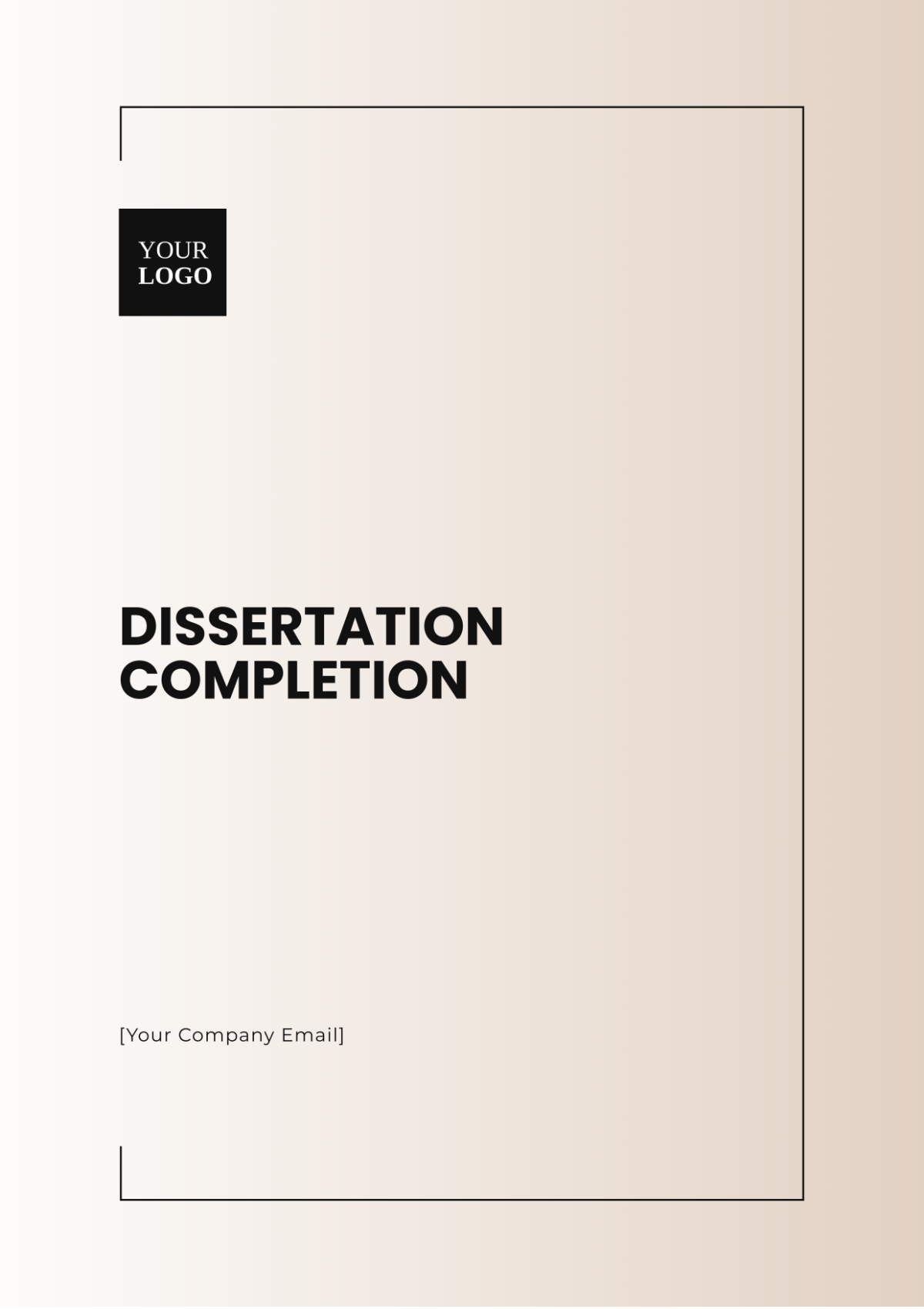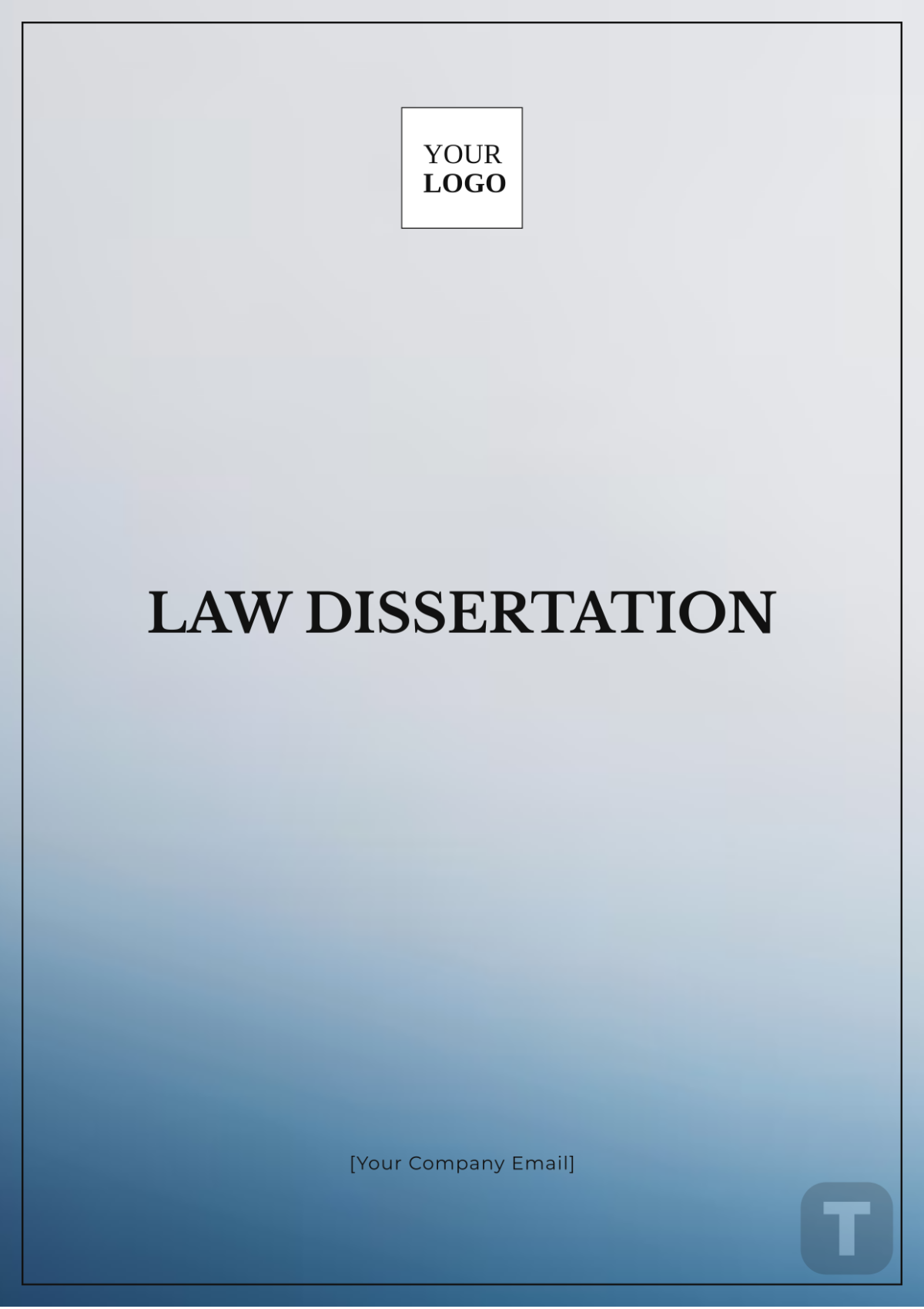Social Science Dissertation
Prepared By: [Your Name]
Date: [Date]
1. Abstract
This dissertation explores the multifaceted relationship between urbanization and social inequality, examining how the rapid expansion of urban areas influences economic disparities, access to resources, and social mobility. Through an extensive review of existing literature, empirical data analysis, and case studies, this research aims to offer new insights into the ways urbanization affects social stratification and proposes strategies for mitigating its adverse effects.
2. Introduction
2.1 Background
Urbanization has become a defining feature of modern societies, with more than half of the global population now residing in urban areas. This demographic shift has profound implications for social structures and inequalities. As cities expand, they often face challenges related to economic disparity, access to essential services, and social integration.
2.2 Research Problem
The central problem addressed in this dissertation is the impact of urbanization on social inequality. Specifically, it investigates how urban growth influences income distribution, access to education and healthcare, and overall quality of life for different socioeconomic groups.
2.3 Objectives
To analyze the effects of urbanization on income inequality.
To examine the relationship between urban growth and access to public services.
To assess the impact of urbanization on social mobility.
To propose policy recommendations aimed at reducing social inequality in urban areas.
2.4 Significance
Understanding the impact of urbanization on social inequality is crucial for policymakers, urban planners, and social scientists. By identifying key factors that exacerbate inequality, this research contributes to the development of more equitable urban policies and practices.
3. Literature Review
3.1 Historical Perspectives
Urbanization has historically been linked with economic development, but it has also led to increased social inequalities. Early studies, such as those by Marx and Engels, highlighted how industrialization and urban growth could widen the gap between rich and poor.
3.2 Contemporary Research
Recent research provides a nuanced view of urbanization's impact on social inequality. Key studies include:
Smith, J. (2050). "Urbanization and Economic Disparities: A Comparative Analysis." Journal of Urban Studies.
Doe, A. (2052). "Access to Healthcare in Expanding Cities." Social Policy Review.
3.3 Theoretical Framework
This research employs several theoretical frameworks:
The Urban Ecology Theory: Examines how urban environments shape social interactions and inequalities.
The Social Stratification Theory: Analyzes how urbanization affects different social classes.
4. Methodology
4.1 Research Design
This study uses a mixed-methods approach, combining quantitative data analysis with qualitative case studies to provide a comprehensive view of urbanization's impact on social inequality.
4.2 Data Collection
Quantitative Data: Statistical analysis of income levels, access to services, and other relevant metrics from national and city-specific databases.
Qualitative Data: Interviews and surveys with residents, urban planners, and policymakers.
4.3 Analysis Methods
Statistical Analysis: Regression models to determine the correlation between urbanization and social inequality indicators.
Thematic Analysis: Identifying common themes in qualitative data to understand the lived experiences of urban residents.
5. Results
5.1 Income Inequality
The analysis reveals a significant correlation between urbanization and increased income inequality. The following table illustrates the income distribution changes in major cities over the past decade:
City | 2050 Income Inequality Index | 2060 Income Inequality Index | Change (%) |
|---|---|---|---|
City A | 0.35 | 0.42 | +20% |
City B | 0.40 | 0.50 | +25% |
City C | 0.30 | 0.33 | +10% |
5.2 Access to Public Services
Urbanization often leads to unequal access to public services. The following list summarizes key findings:
Healthcare Access: Lower-income neighborhoods experience reduced access to quality healthcare facilities.
Educational Opportunities: Disparities in educational resources between affluent and impoverished urban areas.
5.3 Social Mobility
Social mobility is significantly affected by urbanization, with lower mobility observed in rapidly growing urban areas due to increased living costs and economic barriers.
6. Discussion
6.1 Interpretation of Results
The findings indicate that while urbanization brings economic growth, it also exacerbates social inequalities. The increase in income disparity and reduced access to essential services for lower-income groups highlights the need for targeted interventions.
6.2 Policy Implications
To address these issues, the following policy recommendations are proposed:
Affordable Housing Initiatives: Implementing policies to ensure affordable housing options for low-income residents.
Improved Access to Services: Enhancing access to healthcare and education in underserved areas.
7. Conclusion
7.1 Summary
This dissertation provides a comprehensive analysis of how urbanization impacts social inequality. The evidence suggests that while urban growth can drive economic development, it also leads to increased disparities in income and access to services.
7.2 Recommendations
Based on the findings, the research recommends:
Developing inclusive urban planning strategies.
Strengthening social safety nets to support disadvantaged groups.
7.3 Future Research
Further studies should explore the long-term effects of urbanization on social mobility and investigate successful case studies of cities that have managed to mitigate social inequalities effectively.
8. References
Smith, J. (2050). Urbanization and Economic Disparities: A Comparative Analysis. Journal of Urban Studies.
Doe, A. (2052). Access to Healthcare in Expanding Cities. Social Policy Review.
Additional references as cited throughout the dissertation.
9. Appendices
Appendix A: Includes raw data tables used for statistical analysis, such as income distribution metrics, healthcare access statistics, and educational attainment levels.
Appendix B: Copies of surveys and interview questions were used in the qualitative research phase, including questions on personal experiences with urbanization and social services.
Appendix C: Detailed accounts of case studies from cities such as New York and Mumbai illustrate the specific impacts of urbanization on different socioeconomic groups.
